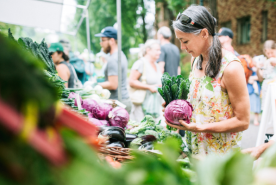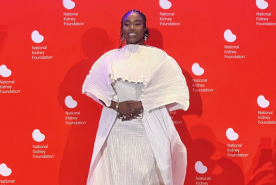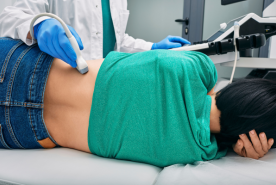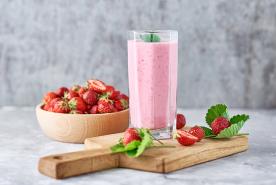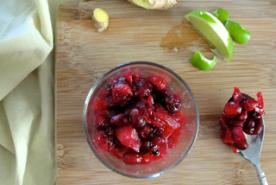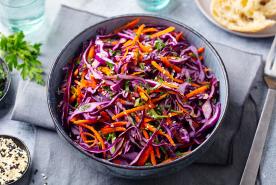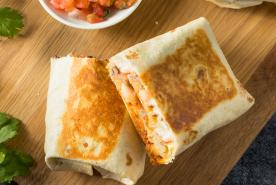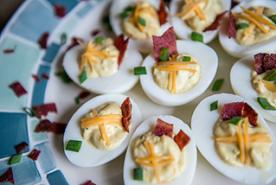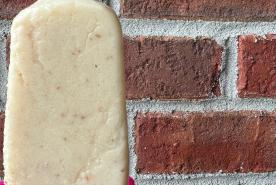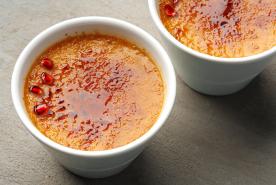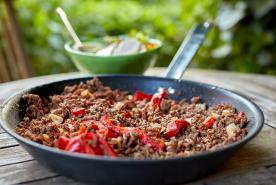Last updated: January 13, 2023
Medically reviewed by: NKF Patient Education Team
Learn about the new Nutrition Facts Label to manage your kidney diet. Check serving sizes, calories, fat, sodium, carbs, protein, potassium, and phosphorus.
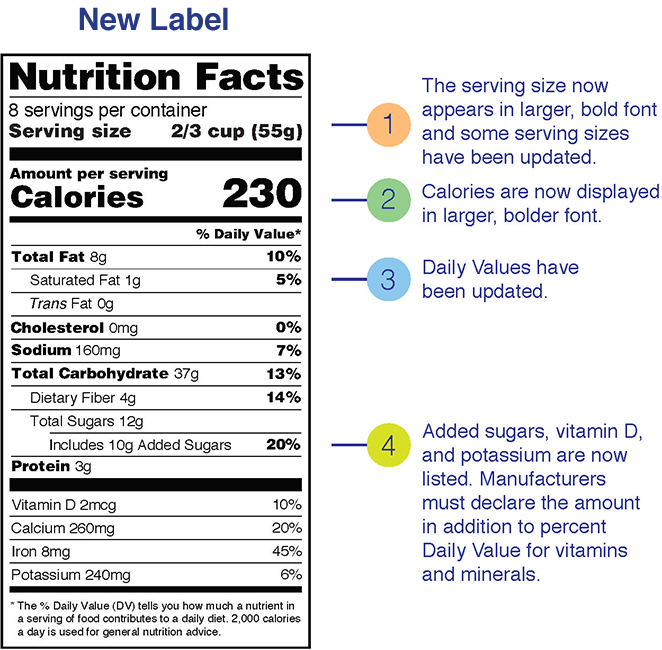
Serving size
The bolder serving size tells what a single portion of food may be for most people. Be aware that the serving sizes listed may not be the same as the serving size on your kidney diet plan. Talk with your kidney dietitian about using serving sizes to meet your needs. See Putting it All Together below for portion sizes for CKD.
Calories
The larger and bolder font for calories makes it easier to find. Calories tell you how much energy is found in a serving of food. If you are trying to lose weight, you may be looking for foods with fewer calories per serving. If you need to gain weight, look for more calories per serving. Ask your kidney dietitian what is best for you.
Sodium
Many people with kidney disease must limit their sodium intake. Look for foods with no more than 240 mg sodium per serving. In general, the mg of sodium should be less than the calories per serving.
If you are on a potassium-restricted diet, keep an eye out for potassium chloride as it is a common ingredient in low sodium products. Potassium additives are absorbed more readily than naturally occurring potassium.
If you are on a potassium-restricted diet, keep an eye out for potassium chloride as it is a common ingredient in low sodium products.
Total Carbohydrate
This information is especially important if you have diabetes because the total carbohydrate grams per serving will help you balance your meals. Each meal should have 45 to 60 grams of carbohydrate.
Dietary Fiber – A good source of fiber will have at least 3-5 grams of fiber per serving.
Total Sugars – Sugars are included in total carbohydrate. Added sugars include sugars that are added during food processing such as table sugar, syrups and honey, and sugars from concentrated fruit or vegetable juices. “Sugar free” foods may not be carb free.
Phosphorus
Phosphorus is not required on the Nutrition Facts Label. Even if phosphorus is not listed there still may be phosphorus in the food. To look for hidden phosphorus in foods - check the ingredient list for words with PHOS; for example: phosphoric acid, tricalcium phosphate, etc. These are phosphate additives and are more readily absorbed than naturally occurring phosphorus. Ask your kidney dietitian about your phosphorus needs. Some foods with higher levels may be on your plan if they are good sources of protein.
To look for hidden phosphorus in foods - check the ingredient list for words with PHOS; for example: phosphoric acid, tricalcium phosphate, etc. These are phosphate additives and are more readily absorbed than naturally occurring phosphorus.
Ingredients
- With phosphate additives – this includes words with PHOS on the ingredient list
- If salt is listed in the first few ingredients
Pulling it all together
Know the portion sizes for your diet plan:
| Food group | Kidney disease diet |
| Milk | 4 oz or ½ cup |
| Milk substitute | 4 oz or ½ cup |
| Pasta, rice, cereal | ½ cup |
| Bread, whole grain | 1 slice |
| Hotdog or hamburger bun | ½ bun |
| Cooked legumes, beans | ½ cup |
| Nuts | ¼ cup or 1 oz |
| Seeds | 2 tablespoons |
| Meats, protein foods | 1 oz |
| Cooked vegetables | ½ cup |
| Raw, fresh vegetables | 1 cup |
| Canned fruit | ½ cup |
| Fresh fruit | 1 small or ½ large |
| Juices | 4 oz or ½ cup |
| Oils, margarine | 1 teaspoon |
Know your diet needs for calories, fats, cholesterol, carbohydrates, protein, potassium, and phosphorus. Ask your kidney dietitian to help you. No single food will have all the nutrients at the levels you need, but a balanced diet from various foods will help you meet your needs.
Acknowledgment: Reviewed by the Council on Renal Nutrition
This content is provided for informational use only and is not intended as medical advice or as a substitute for the medical advice of a healthcare professional.


